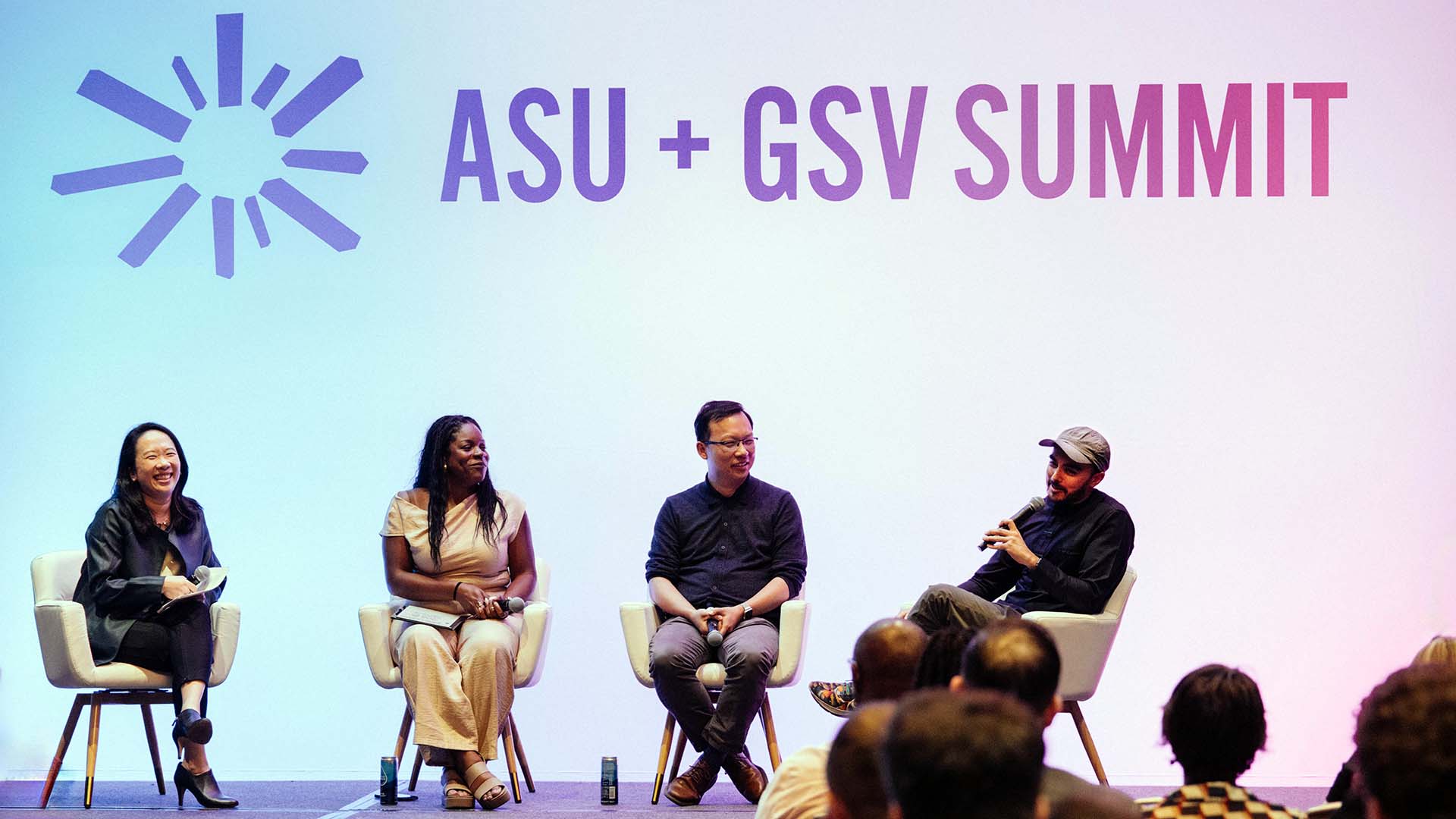Dec 16, 2024 · 5 min read
Learning Science for EdTech: Next Steps in Our Work in Education
Sandra Liu Huang, CZI’s head of education, discusses our exciting journey into 2025 at the intersection of education and technology.

As 2024 comes to a close, I want to take a moment to reflect on the progress we have made since my note in April about our dedication to applying learning science and co-building tools with educators and experts.
Over the past nine years, we have been focused on advancing learning science research and application to equip educators better. We’ve partnered with incredible organizations to discover research-backed teaching and learning practices. We’ve made grants to researchers and education organizations to support educators leveraging technology like AI to advance district teaching and learning priorities. We’ve also rolled up our sleeves and built tools to help teachers unlock the potential of every student.
I’m so proud of these investments and the work of our partners — and they help us better understand what else our sector needs. In my conversations with school district leaders, one need is clear: despite the explosion of digital learning tools over the last decade, the burden lies heavily on educators to piece solutions together in support of their students, whose needs have grown and widened since the pandemic. As an edtech philanthropy, we think we can play a unique role in supporting the edtech ecosystem to incorporate learning science more and to work better together for schools.
What We’re Building
In 2024, we continued to work on numerous products to make learning science easier to apply for educators. We improved Along, which we built a few years ago in partnership with educators at Gradient Learning. With educator input, we added the ability to use Along to spark classroom-wide discussion, and we were proud to receive the highly respected SOC2 certification, a benchmark for trust and security in the United States. We built numerous AI-powered tools, including Math Tailor, which assists middle school teachers in generating high-quality practice problems, reviewing prerequisite skills, and adjusting language levels easily on top of Illustrative Math.
Each product, like Along and Math Tailor, can be useful and even powerful, but we started to see common challenges around each tool (and, we think, most edtech tools) that could benefit from shared technical solutions. We started two new efforts this year to address them:
First, as edtech developers, we know that rapid AI innovation offers tremendous potential to empower educators further to better support students’ individual needs. Still, the impact of technology will be limited unless the education technology community can demonstrate that AI tools are effective, high-quality, rigorous, and reliable for educators and students. To do that, we need to know if the foundation models we’re building on align well with the education context.
This month, we launched two new AI developer tools in private beta that start to bridge the gap between advances in generative AI and the needs of edtech developers, helping them to create better tools grounded in learning science. Starting with math, our Knowledge Graph will help developers enhance AI system inputs by aligning them with learning science research, state academic standards, and curricula. Starting with qualitative text complexity, our Evaluators will help developers assess AI system outputs to ensure they meet the accuracy, rigor, and quality essential for teaching and learning. Our team’s vision is to build the learning science-grounded developer tools that make it easier for AI edtech developers to improve their products towards impact. We’re eager to talk to those interested in joining this private beta or contributing to our next tools.
Better AI tools are important, but we think this is the right moment for us to also explore technical solutions that help edtech work better together towards educators’ instructional goals. An example of this “middleware” is an application we’re developing with several school districts and partners called Curriculum Sync, which school districts can use to integrate open educational resources into their learning management system. Today, high-quality, open curricula are freely available to schools but are difficult for educators to use or customize. Curriculum Sync bridges the gap by taking individual courses and lessons and putting them in a format accessible and customizable through learning management systems like Canvas.
How We Build
Just as important as what we’re building is sharing how we’re building it. Our approach is inherently cross-domain, and we’re committed to bringing experts from academia to the classroom to the table with us. This year, we welcomed our new Education Advisory Board, which brings leaders across learning science, edtech, data privacy, school districts, and AI to guide our efforts to responsibly navigate the complexities of AI in education.
We also engage educators as co-builders of education technology by creating opportunities to elevate their voices and expertise. Over the summer, we launched Render, our innovation studio focused on co-building tools with educators. And we continue to make grants to organizations developing high-quality datasets, which will be open access and can be used to improve the quality of AI models. By advancing open learning science, this work promotes transparency and innovation across the education sector.
As we look forward to the new year, I’m deeply grateful for the opportunity ahead. The next generation of edtech tools can be so impactful — empowering and delighting educators, and engaging and equipping all students, no matter who they are or where they live. But I have an acute sense of urgency because I know that, with our partners, we have critical work to do together to bring that future forward faster for today’s students.






